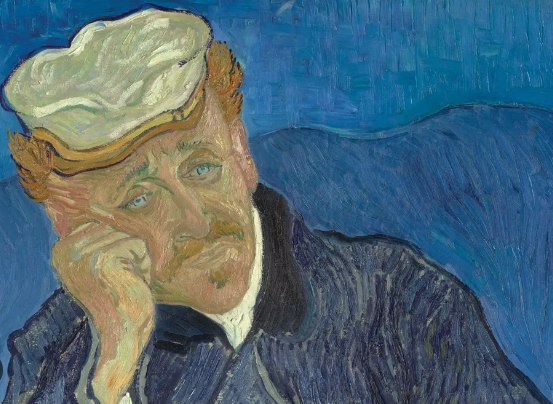Vincent Van Gogh is regarded as one of the greatest painters in history, known for his vivid and emotional artwork. One of his most famous paintings, “The Doctor,” has puzzled art historians for years.
The Mysterious Painting
“The Doctor” depicts a man with a stern expression standing next to a seated patient, who is holding her hand to her head. The setting appears to be a doctor’s office, with medical instruments hanging on the wall in the background.
Art historians have debated the meaning behind this painting for decades. Some believe it represents Van Gogh’s fascination with the medical profession, while others see it as a commentary on the relationship between doctor and patient.
The Discovery
In 2016, researchers made a groundbreaking discovery that shed new light on the mysterious painting. After analyzing the brushstrokes and colors used in “The Doctor,” they found similarities to another Van Gogh painting, “At Eternity’s Gate.”
In “At Eternity’s Gate,” Van Gogh painted a self-portrait of himself as a patient in a mental institution. Researchers now believe that “The Doctor” was a companion piece to this self-portrait, and that the man in the painting is actually Van Gogh himself.
The Interpretation
With this new information, art historians have reevaluated their interpretations of “The Doctor.” They now believe that Van Gogh was exploring his own mental health struggles in the painting, and using the doctor-patient relationship as a metaphor for his own inner turmoil.
This new interpretation adds a layer of depth and complexity to “The Doctor,” elevating it from a simple portrait to a poignant reflection of Van Gogh’s personal struggles.
In conclusion, the mystery behind Van Gogh’s painting “The Doctor” has finally been uncovered. Through careful analysis and research, art historians have revealed the true meaning behind this enigmatic work, shedding new light on Van Gogh’s inner world and struggles.


